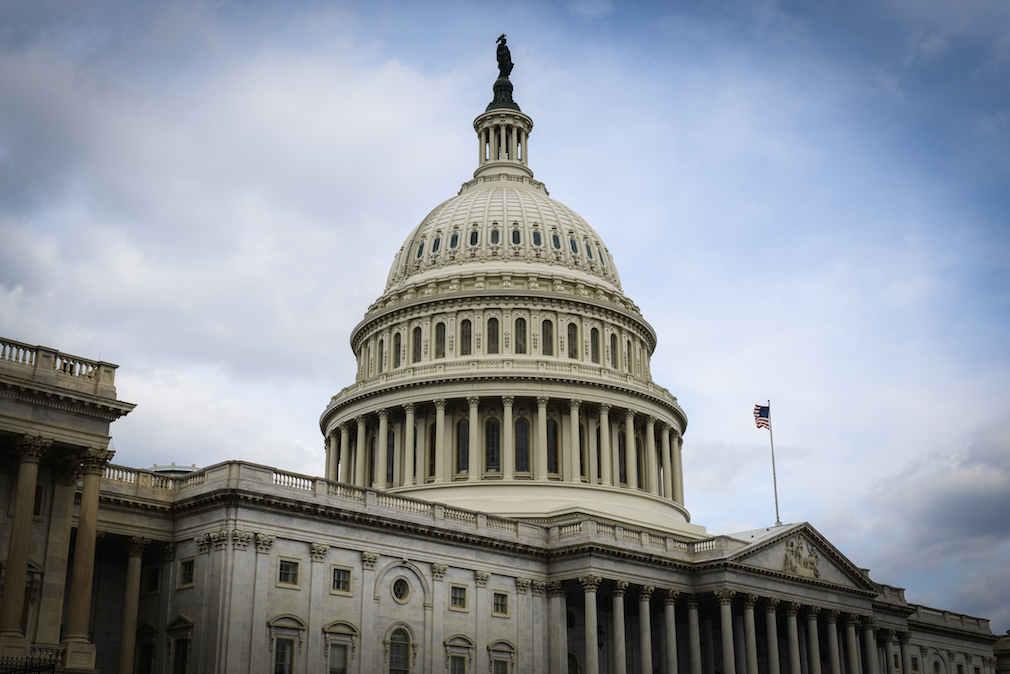The chorus of those pushing the federal government to set up a forbearance liquidity facility for mortgage servicers just got a little louder.
Late last week, more than 20 Republican members of the House of Representatives sent a letter to the Department of the Treasury, urging Treasury Secretary Steve Mnuchin to create a liquidity facility for servicers that might find themselves in financial distress due to advancing principal and interest payments to investors on loans that are in forbearance.
The group of House members, which are all members of the House Financial Services Committee, became the latest to call on the government to do just that.
In the last few weeks, numerous parties in the housing industry called for a federally backed liquidity facility for servicers to address the increase in forbearance due to the coronavirus. But those in the housing industry aren’t the only ones calling for help for servicers.
Last week, a bipartisan group of senators also asked Mnuchin to set up such a facility.
And now, House Republicans are turning up the pressure on the Treasury.
In their letter, dated April 10, the Republicans state that the government made the right decision to give borrowers the option of forbearance if they’re unable to pay their mortgage due to financial hardships created by the spread of the virus, but state that the issue doesn’t end there.
“Congress has correctly decided that a nationwide, broad scale forbearance program is needed, but we need to make sure this is done responsibly to avoid unintended consequences and market uncertainty,” the Republicans said. “The mortgage industry cannot shoulder the entire onus of government actions to protect American homeowners impacted by COVID-19 when it does not have access to needed liquidity to execute on those government actions.”
The letter is signed by the following representatives: Lee Zeldin, R-New York; Steve Stivers, R-Ohio; Ann Wagner, R-Missouri; French Hill, R-Arkansas; Bill Posey, R-Florida; Blaine Luetkemeyer, R-Missouri; Bill Huizenga, R-Michigan; Andy Barr, R-Kentucky; Scott Tipton, R-Colorado; Roger Williams, R-Texas; Tom Emmer, R-Minnesota; Peter King, R-New York; Barry Loudermilk, R-Georgia; Ted Budd, R-North Carolina; Anthony Gonzalez, R-Ohio; John Rose, R-Tennessee; Lance Gooden, R-Texas; Denver Riggleman, R-Virginia; William Timmons, R-South Carolina; and Van Taylor, R-Texas.
The letter comes on the heels of Federal Housing Finance Agency Director Mark Calabria telling HousingWire last week that the FHFA and the GSEs do not plan to create a liquidity facility for servicers.
There’s still a chance for the Treasury and Federal Reserve to create a liquidity facility, which is what many in the mortgage business are hoping for.
Calabria also downplayed the idea that forbearance would be as widespread as many think it will be. While some are projecting forbearance rates to reach 20% or more, Calabria told HousingWire that he believes the figure will be closer to 3.5%.
Despite that, the Republican representatives want the government to be prepared to help servicers if Calabria is wrong.
“While elevated take-up rates on forbearance may be somewhat more manageable for certain servicers affiliated with banks, which have more diversified lines of business, it is likely that these advancing requirements will be unsustainable for many non-bank mortgage servicers,” the Republicans write.
“Even those who may already have access to liquidity will likely have to divert resources from other businesses that provide capital to the American households and businesses in order to cover strains in their servicing businesses,” they continue. “Servicers will eventually be reimbursed for these servicing advances, so this issue represents a liquidity concern for otherwise solvent entities in the chain of payments as well.”
Calabria, meanwhile, said last week that the GSEs may transfer mortgage servicing away from companies that are struggling to deal with the advances.
“We are, at this point, comfortable with our ability to deal with any servicers that may be distressed so that we can either turn them into subservicers or transfer their servicing to other parties,” Calabria said. “And we believe at this point, given the number on uptake of forbearance, we’ve seen that we can transfer servicing in a way that’s not too disruptive.”
But the Republican House members would rather see the government intervene in a different way.
“The unforeseeable nature of the present liquidity strain on the mortgage market, similar to many other sectors of our economy, is of a systemic nature, including the inability of the servicing industry to manage billions of dollars in principal and interest advances mandated by regulators and Congress – which could result in significant disruption to servicing touchpoint for consumers and, importantly, less competition in this space as servicers go bankrupt,” the Republicans write.
“When struggling homeowners and renters are able to return to their jobs and resume making the payments they intended to make, it may become appropriate to talk about larger structural reforms to better handle events like this in the future,” they continue. “However, the current priority must be this liquidity crunch.”
The representatives note that the CARES Act grants the Treasury and Fed the ability to help struggling industries during the crisis and ask the Treasury to do just that.
“Those funds would be put to a very beneficial and appropriate use by supporting forbearance for all borrowers,” the representatives write. “As we all learned from the past crisis, the best way to protect the American taxpayer would be to create a facility now – in hope that it never needs to be used – than to wait for a market disruption when it may be too late. The mere creation of such a facility may provide a level of support to the market without its even being utilized.”







